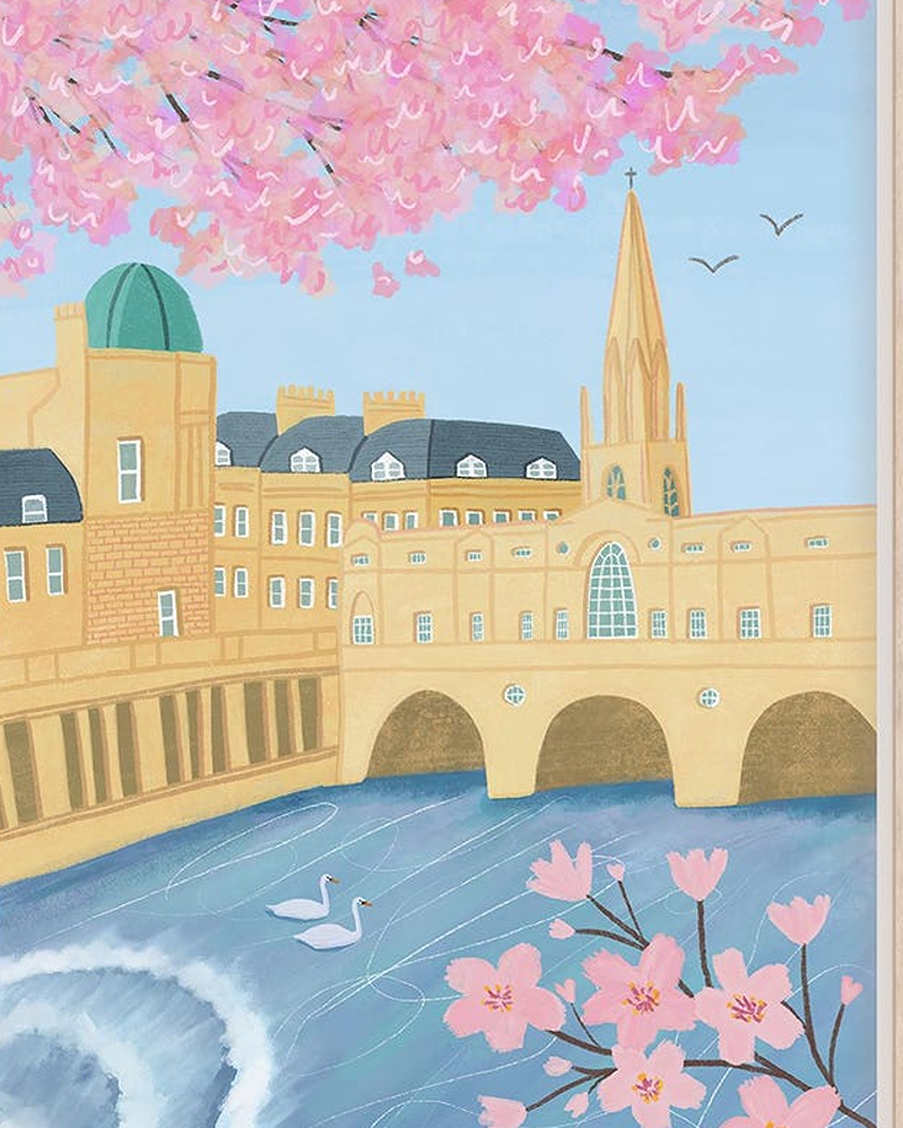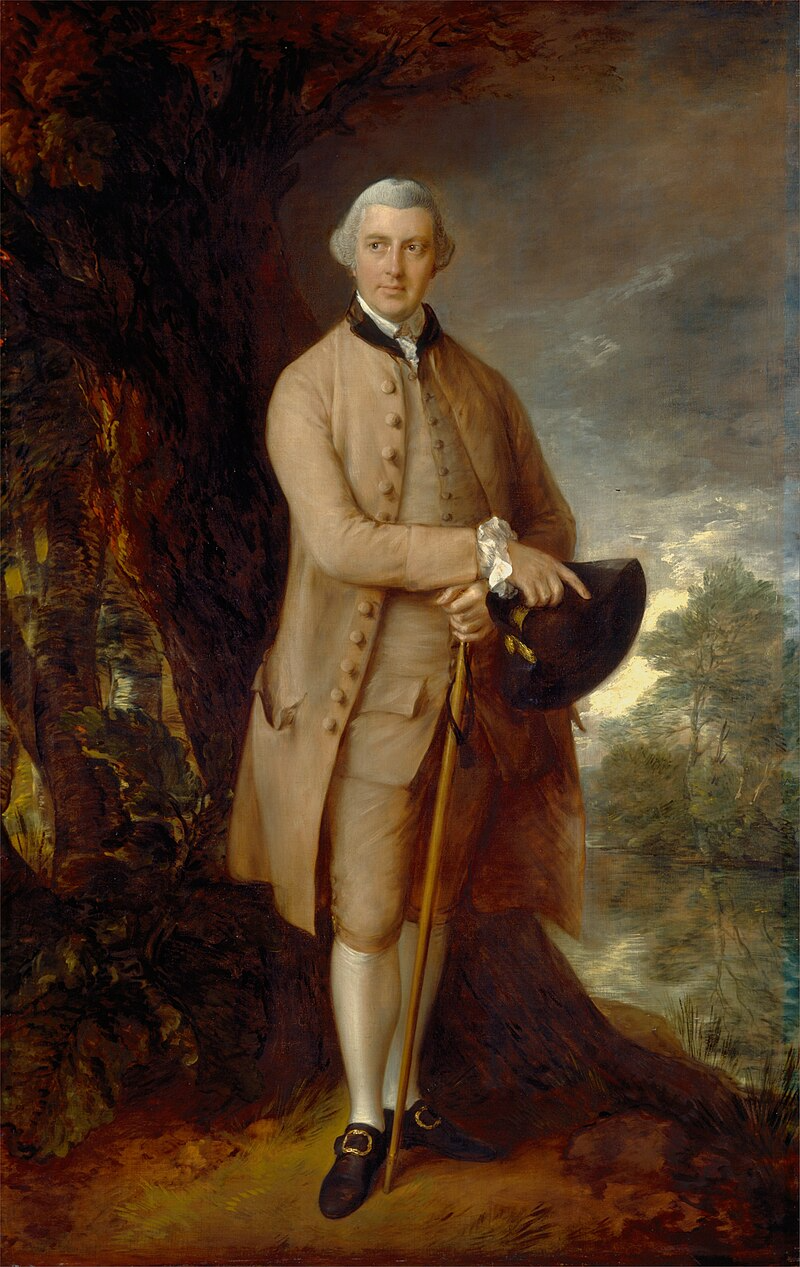Pulteney Bridge: Bath’s Georgian Architecture

Tucked in the heart of Bath, Pulteney Bridge stands out as one of the city’s best-loved sights. In fact, many people think that this is one of the world’s most beautiful bridges (apt, as Bath is often called one of the world’s most beautiful cities!)
The Georgian arches lie over a bustling row of tiny independent shops, who likely have the best views from their windows, of any storefronts on earth!
The idea of shops built onto bridges came straight from Florence’s Ponte Vecchio. That bridge had stood for centuries and was known all over Europe.
Who Commissioned the Building of Pulteney Bridge?

Sir William Pulteney by Thomas Gainsborough
Very unusual back in the day, William Johnstone changed his own surname to that of his heiress wife when they married, so he became William Pulteney. Once the wealthiest man in England, the family owned estates in Bathwick (just outside the city centre) across the River Avon.
But as there was no bridge, the land was of little use. So he commissioned architect Robert Adam to build the now world-famous Pulteney Bridge. Robert was a Scottish architect, the first to incorporate ‘movement’ in buildings. Also an MP, he never married, and left his estate to his two sisters.
Sir William’s daughter Henrietta died just 41 in Brighton, likely from consumption. The New York state town of Henrietta, is named after her. There is also a town of Bath, with many streets named after Pulteney (the jailhouse was near Pulteney Square).






